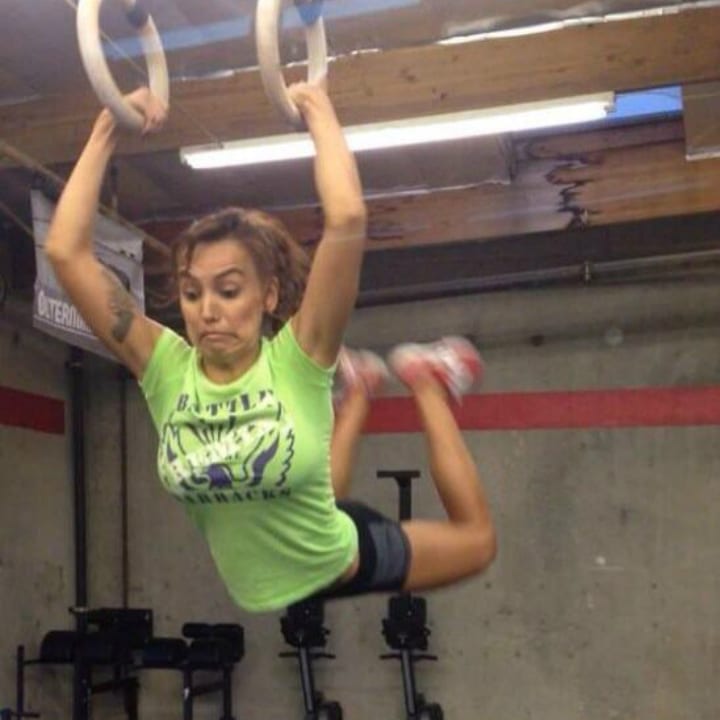
We're living in a crazy time right now. Maybe you used to have a solid exercise routine, maybe you haven't been in the gym since Hammerpants were in style. Either way, it's likely the pandemic has gotten in the way of your exercise goals.
Many of us find ourselves wanting to Get Back to our regular exercise routine, or maybe we are just trying to Start an exercise routine for the first time. In both of these situations, it's important to think about scaling our return to exercise.
When you are trying to plan out a return to exercise, I have 3 Main Tips to help you be successful.
1: Start Small
Especially if you used to exercise regularly, this one gets a lot of people. People who used to exercise quite regularly tend to design their workouts for their past selves.
That approach can really sabotage you - as it will usually lead to extreme muscle soreness or even injury. You'll want to give yourself the most opportunity to succeed.
Start small. Set your initial workouts at no more than 45 minutes each and no more than 3 days a week. You don't want to do more than this, so that your body has a chance to acclimate to the new demands.
This leads us to my second point.
2: The 10% Rule
Scientists have studied a lot of athletes of different kinds to see the safest way to increase your workouts. They've looked at runners adding mileage; they've looked at weightlifters increasing their weights; and they also studied other types of athletes who were increasing the difficulty of their workouts.
Whenever you start working out at the gym, your muscles adapt pretty quickly, within a week or two. However, the other soft tissues of the body take longer. Your ligaments and tendons can take 4 to 6 weeks to adapt to increased loads.
Tell yourself to enjoy the process of slowly increasing the capabilities of your body, and forget the quick fixes or fast results. That's not the way our body works. Slow and steady wins the race every time. This takes me to my final tip.
3: Rethink Your Ideas About Cardio
For a long time the general thinking was: If you want to lose weight, you need to do steady-state cardio. Maybe this was running out on the streets, running on a treadmill, doing a stationary bike, etc.
This thinking has been shown to be very untrue. Resistance exercise really has way more benefits than anything that steady-state cardio can offer. If your goal is to get stronger, resistance exercise will get you there. If your goal is to lose weight, high-intensity interval resistance exercise will get you there. If your goal is just maintenance of your abilities, resistance exercise will get you there.
There's nothing wrong if you want to warm up with some running on a treadmill or a stationary bike, but take my advice, and add resistance exercise into your workouts. You'll be glad you did. Some of the benefits include:
So there you have it. These are my recommended steps to make returning to exercise, or starting it for the first time ever, go as smoothly as possible.
So good luck, you got this! And here's to more success in the gym with fewer injuries!